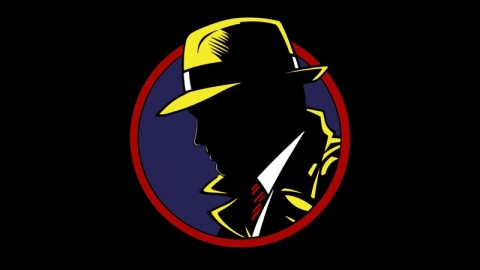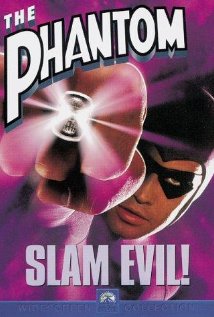Scoring an exclusive interview, on record, at Fan Expo can be a difficult but rewarding task. The artists and writers featured at this event have a lot of interesting things to say – be it about their current titles or their artistic process.
Interviewing is as much an art as writing or drawing. It requires a nuanced understanding of both the act of conversation as well as the person you’re interviewing at that moment..

In 2010 , at Toronto Comic Con, I interviewed Marvel comics cover artist, Aurther Suydam and more recently I talked to Glamourpuss creator, Dave Sim in an exclusive Comic Book Daily interview. A few tips and tricks can help you cover Fan Expo whether it’s for a blog or a more professional outlet.
Here are the top five interviewing tips –
1. Walk around a bit when you arrive. Ideally you’ll know who you want to talk to and why. Find your sources location and observe their manner for a little while. It will help you determine the best way to approach the source. In an ideal situation you want to get your interview when that person is going to be uninterrupted by anything else – namely their fans. Early morning is a good time for this. If that’s not a possibility due to time constraints, approach your source when there’s the least amount of traffic and ask for the least amount of time possible.
2. Do your research beforehand. Off the cuff interviews have the potential to go two ways: very well and very badly. If you have background information on that sources career and body of work, they can’t throw you a curveball. An hour’s worth of trolling the internet is usually ample time to get a feel and flavor for what the person is like. Researching the source beforehand also enables you to easily ask questions on the spot, who has time to dig through their backpack for a pen?
3. Record your conversation. Listen to the audio before and as you post quotes to the body of the story. Make sure your quotes are not only properly attributed but also transcribed word for word. Trust me when I say that nothing is worse than an unhappy source except an unhappy source and no audio to back up your claims as a writer. Also, pick up a card when your done. This way if you can contact your source again in the future. Don’t forget to link to the sources main website if applicable. Don’t forget to share your work with the source, they like that!
4. Listen actively. While conducting your interview listen closely to what your source is saying. This may seem obvious, but it’s surprising how hard it is to actively listen when your thinking about your next question. Having researched the source beforehand, you should be able to walk right into conversation, pending a proper invitation that is. Enjoy talking to your source and stay conversational, responding to their answers with follow-up questions.
5. Ask for five minutes. People inevitably enjoy talking about themselves, I find if you conduct yourself professionally, break the ice smoothly and ask good, strong questions five minutes quickly turns to 15. If you really get them talking about a subject that excites and entices them they will be candid with you. Remember also, a lot can ber said per minute. Sometimes five minutes yields a wealth of information.
For more advice on interviewing from some of Canada’s most respected journalists here.
Good luck and happy interviewing!



